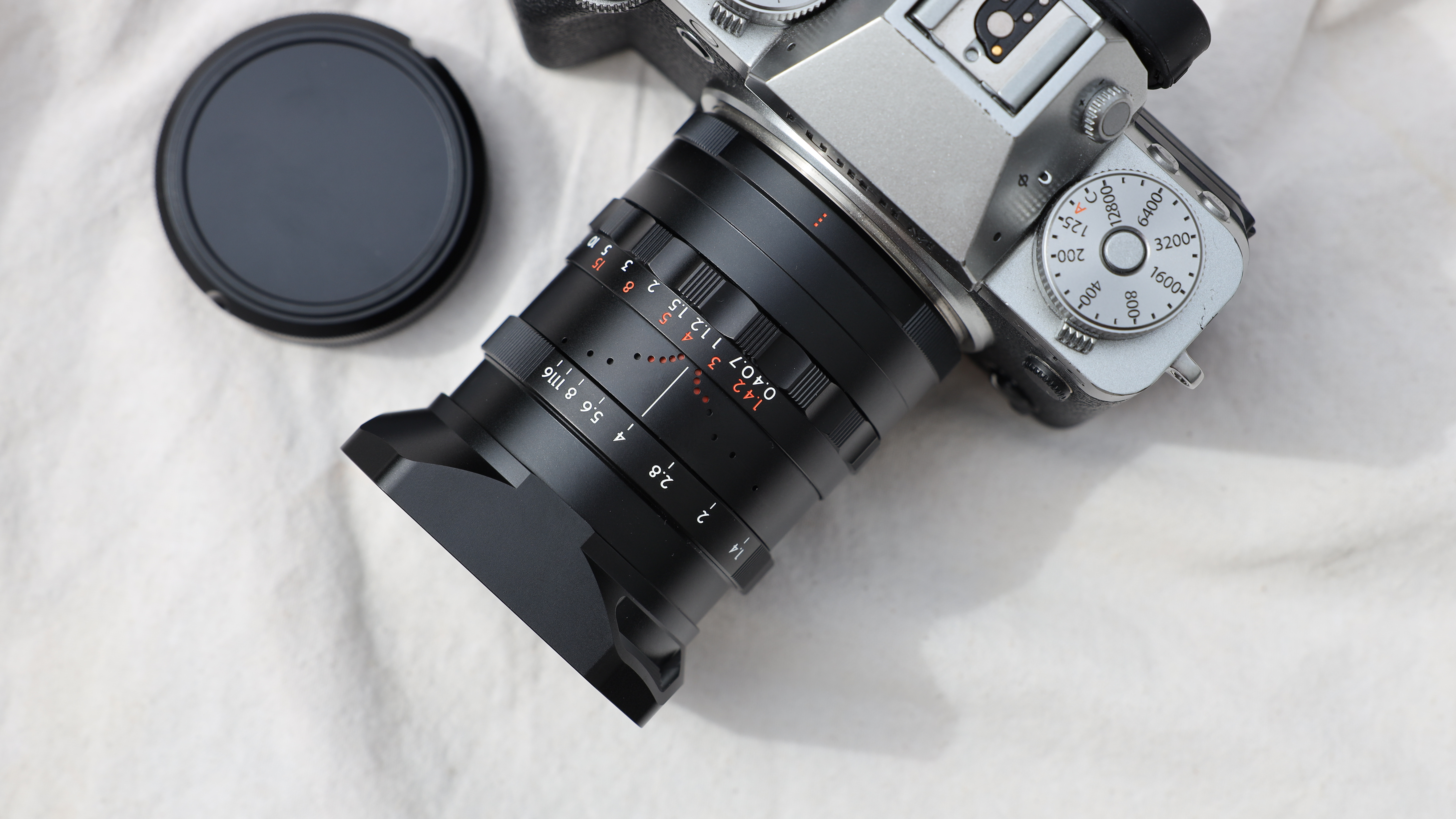
Thypoch is a relatively new player in the photography world, but it has quickly made a name for itself with a focus on producing high-quality, manual-focus lenses. While its first lenses were designed for Leica’s M series of cameras, Thypoch is now expanding these lenses to other mounts, quickly adding the Canon RF, Nikon Z, and Sony E mounts, as well as the version I am testing here – for Fujifilm X-Series cameras.
So far the company’s lineup includes just a couple of focal lengths, catering mostly to street, landscape, and travel styles of photography with a Simera 28mm f/1.4 and Simera 35mm f/1.4 being the first, and currently only, two lenses in the Simera range. Thypoch also has a curious collapsible 50mm f/2 lens in a separate Eureka range that I also really enjoyed playing with.
A counter to the growing number of cheap lenses flooding the market from Chinese lens manufacturers, Thypoch has become recognizable for its robust metal construction and intricate designs and can be mentioned in the same breath as companies like Vogitlander. Thypoch lenses have become pretty instantly popular among Leica photographers who value precision and durability, but also optical quality.
But, while Leica cameras are made for lenses exactly like this, how well is the Thypoch Simera 28mm f/1.4 going to transition to Fujifilm and other more modern autofocus-first cameras?
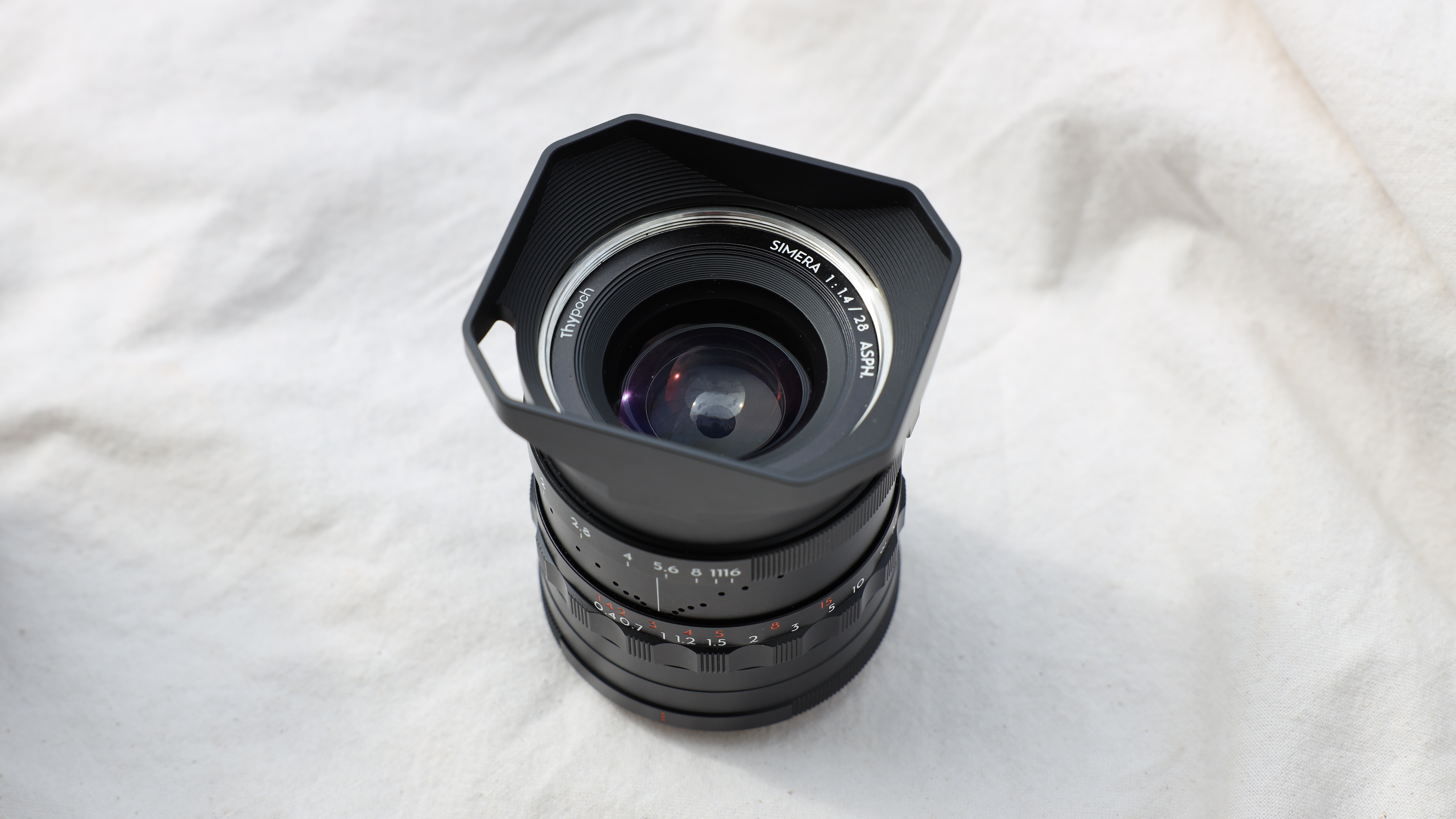
Thypoch Simera 28mm f/1.4: Specifications
Thypoch Simera 28mm f/1.4: Price
At around $649 / £660 / AU$1,058, the Thypoch Simera 28mm f/1.4 lens offers great value for its price, with high optical quality, a wide aperture, and outstanding build quality. It is around $150 cheaper than the closest Fujifilm XF 23mm f/1.4 R LM WR lens, although you of course miss out on the autofocus of that lens, as well as weather sealing. But while it is a bit cheaper, it isn’t quite as drastic of a contrast as the price between the Leica mount version of the Simera and Leica's own brand lenses, which is more like a $7000 difference.
Thypoch Simera 28mm f/1.4: Design & Handling
The Simera 28mm features an all-metal body, lending a premium feel and durability. The lens really is exquisitely designed, with lots of little touches that make it a real pleasure to use. The lens is available in black and silver finishes, and both come with matching square lens hoods. The black version has a silver ring on the front though, which is one design choice I could have done without.
The lens's compact size is well-suited for most Fujifilm cameras, and using it on my Fujifilm X-T5 the lens looked well-proportioned. Despite the metal construction, the lens was relatively balanced as well and didn't feel front-heavy, although it does weigh a reasonably heavy 347g for its compact size. For comparison, the Fuji 23mm does weigh 28g more, but it's a much larger lens with more glass and includes autofocus motors, and the wonderful, but aging, Fujifilm XF 35mm f/1.4 R lens is only around half the weight (187g).
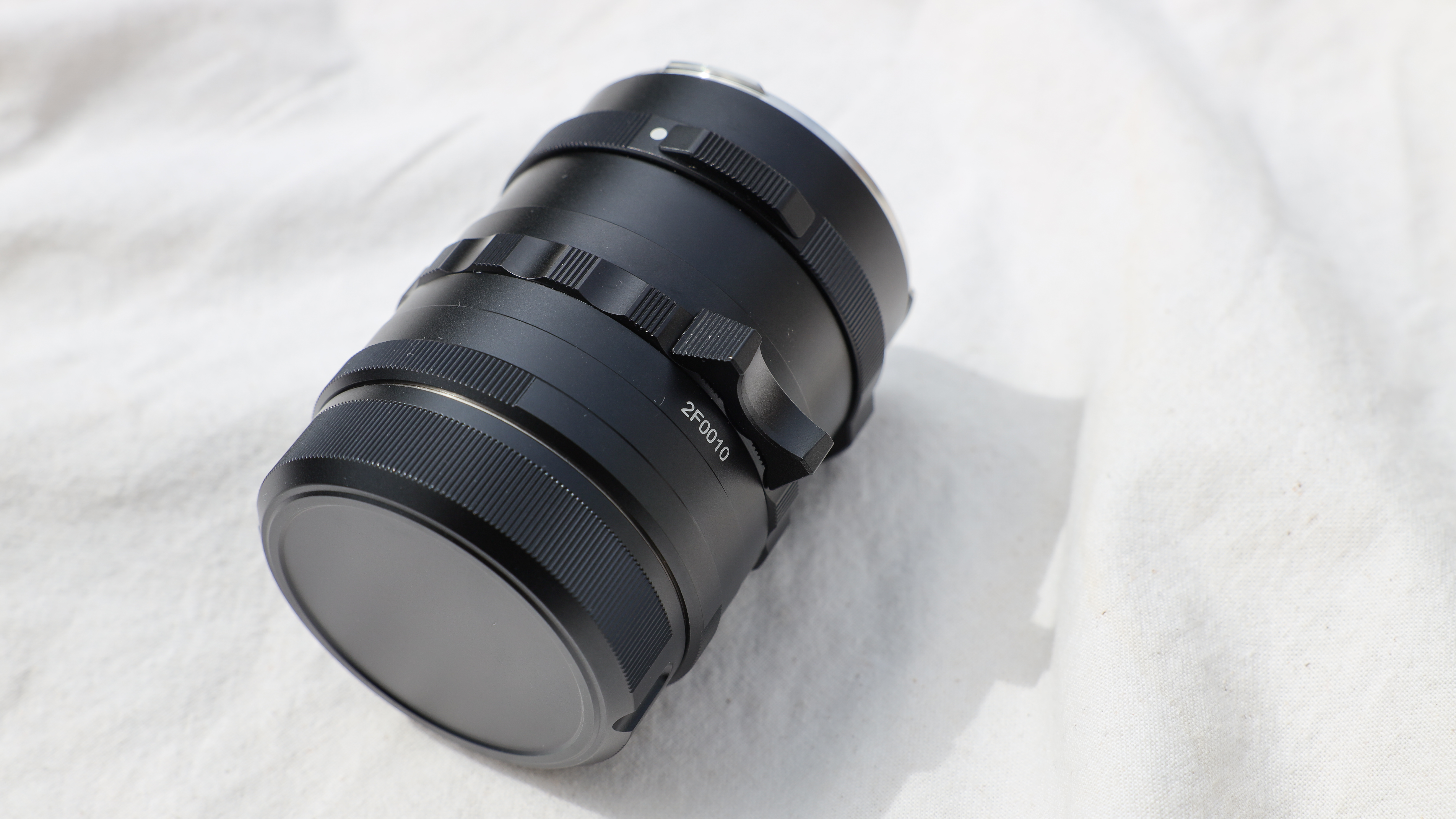
The aperture ring clicks decisively into place between stops, providing tactile and audible feedback and making it easy to adjust settings on the fly without taking your eye off the viewfinder. There is also a switch on the bottom to de-click the ring if you want to use the lens for video (or just hate the clicking) which is a nice feature. Thypoch’s really well-designed focus scale is also so enjoyable to use, with little red dots appearing on the lens to guide which areas of the shot will be in focus at different apertures.

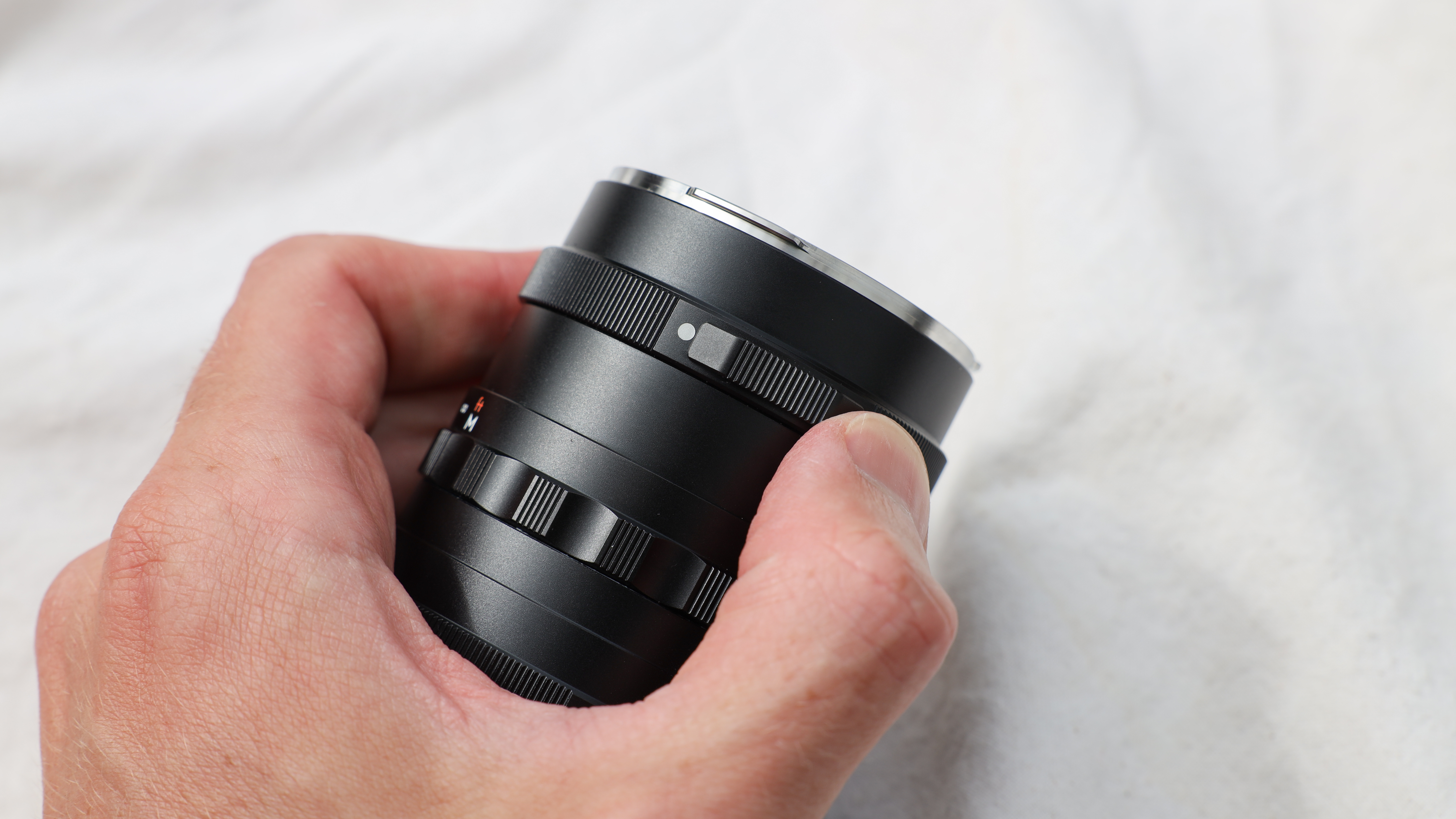
The manual focus ring is smooth and well-damped and facilitates some precise focusing. I am happy that for this version Thypoch decided to ditch the focus lock switch from the Leica version of the Simera, as I didn’t find it that useful. The focus ring's textured surface also enhances grip but the larger thumb rest on the focus ring is quicker and more comfortable to use.
However, just one drawback to an otherwise very well-designed lens is the lack of weather sealing, which could be a consideration for photographers frequently shooting in wet, dusty, or sandy conditions.
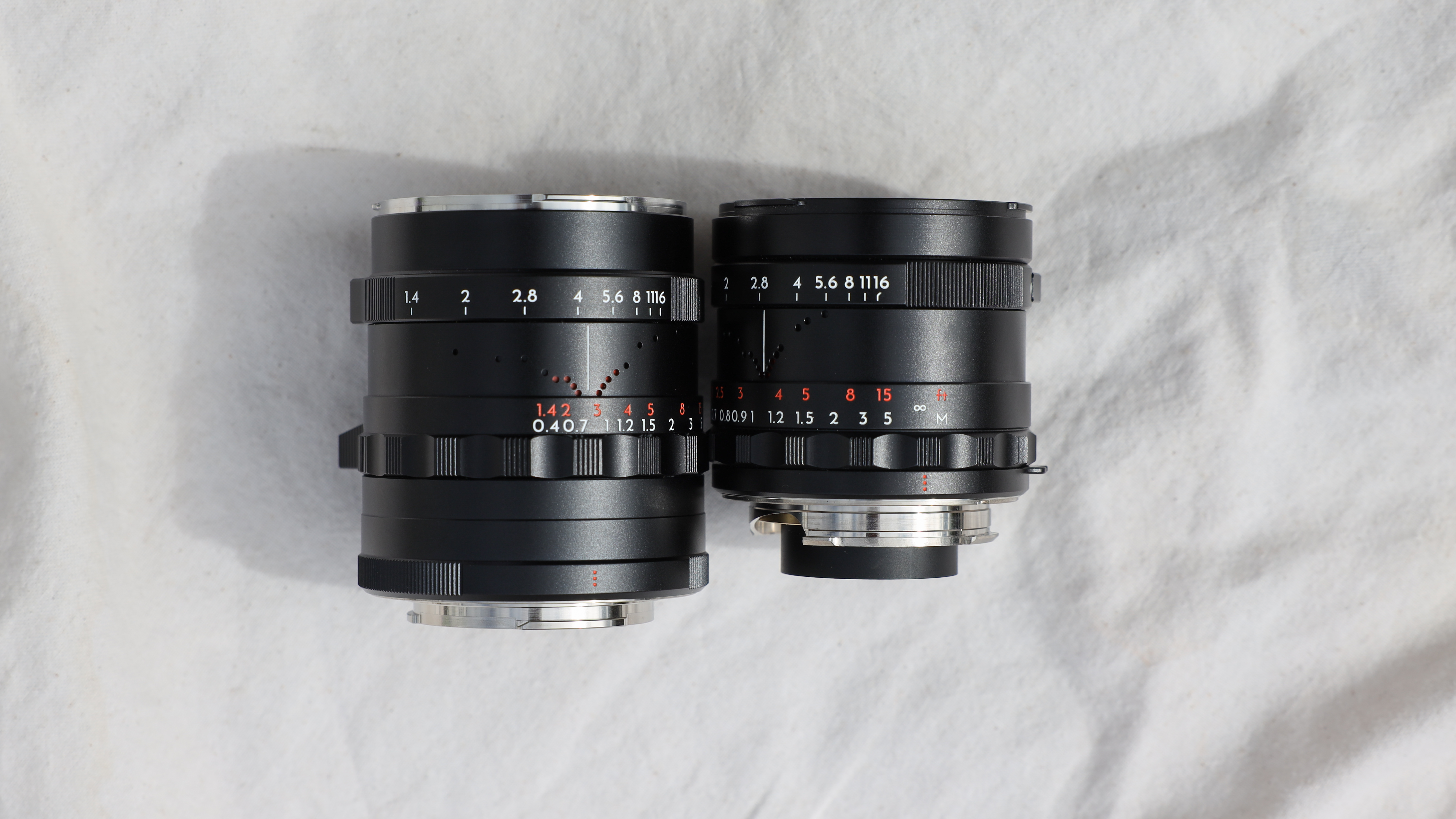
Thypoch Simera 28mm f/1.4: Performance
The optical performance of the Simera 28mm f/1.4 is exceptional. It produces sharp images with impressive clarity from the center to the edges of the frame. Even wide open at f/1.4, the lens manages to maintain a good degree of sharpness, with only minimal softness at the edges that diminishes pretty quickly when stopped down.
However, there was a fair amount of vignetting wide open, although from f/2.8 onwards this was a lot better, and it was gone by f/4. Otherwise, distortion is well-controlled, as was flaring. There was the occasional bit of purple color fringing around harsh backlit scenes but this can easily be nixed in editing software.


The lens excels in low-light situations thanks to the wide f/1.4 aperture, which is a bonus for Fujifilm cameras and their APS-C sensors having less light-gathering ability than full-frame rivals. The wide aperture allows for faster shutter speeds and lower ISO settings, so cleaner images – if you don’t add any Fujifilm grain of your own that is.
The bokeh produced by the Simera 28mm is smooth and pleasing, with a 14-blade diaphragm contributing to the creamy background blur that makes subjects stand out. The lens also has its own distinct look to it, which I think might be a holdover from the original design being for Leica cameras, but there is a certain style to out-of-focus areas of images that the Fujifilm lenses don’t produce.
The lens's close focusing distance of 0.4 meters isn’t going to produce any stunning macro detail, but it's close enough to enable some creative reasonably close-up shots.
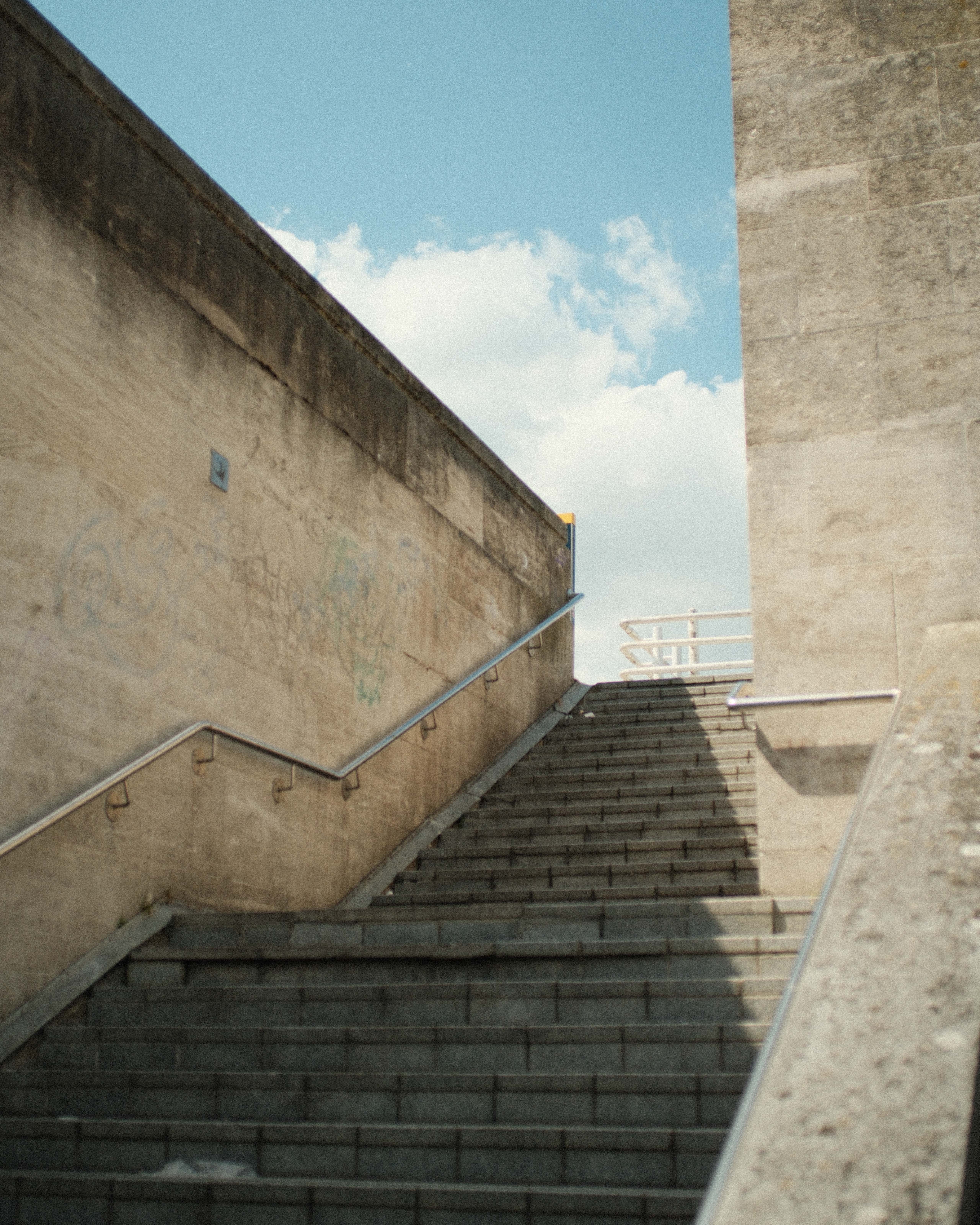

Thypoch Simera 28mm f/1.4: Sample Images



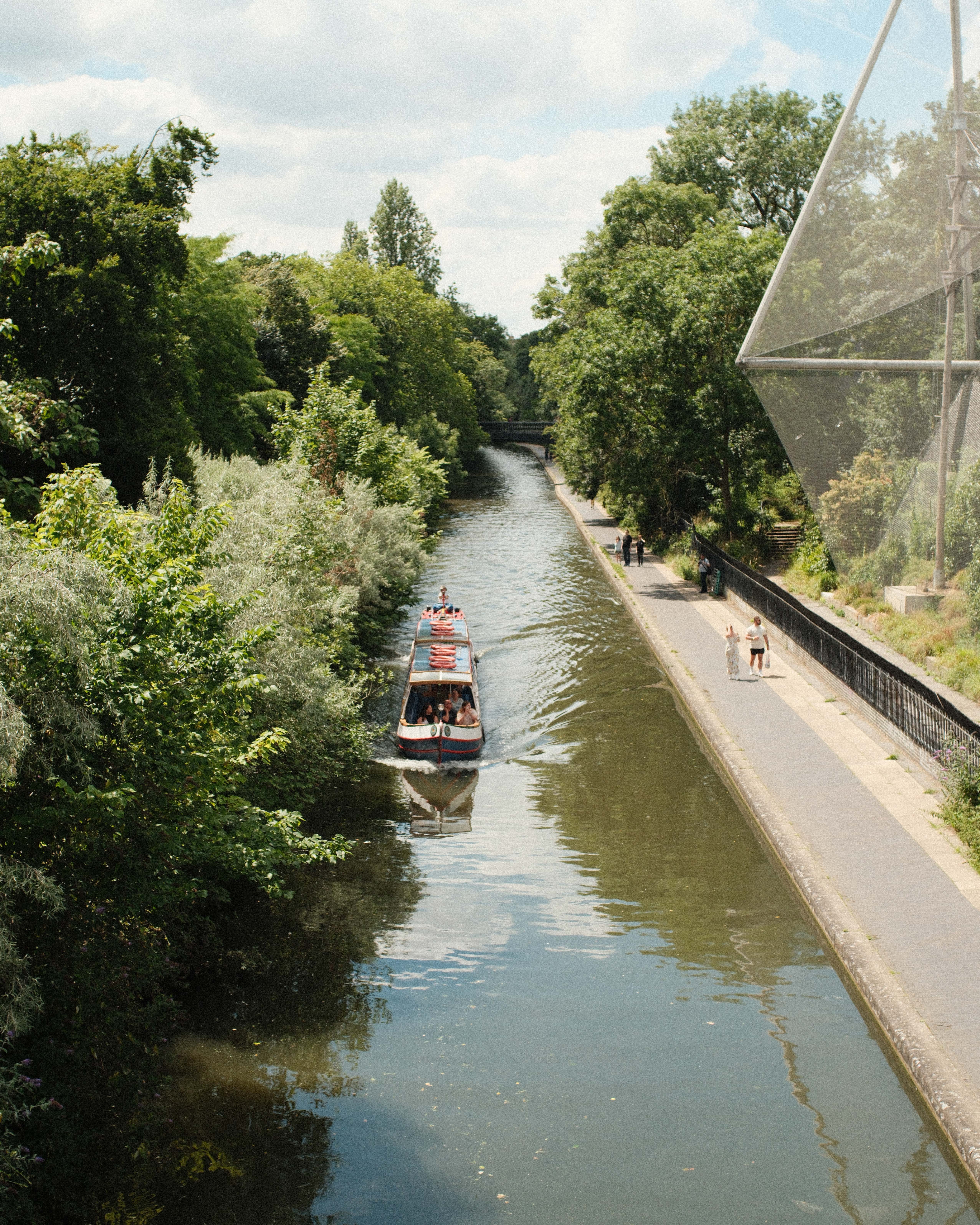

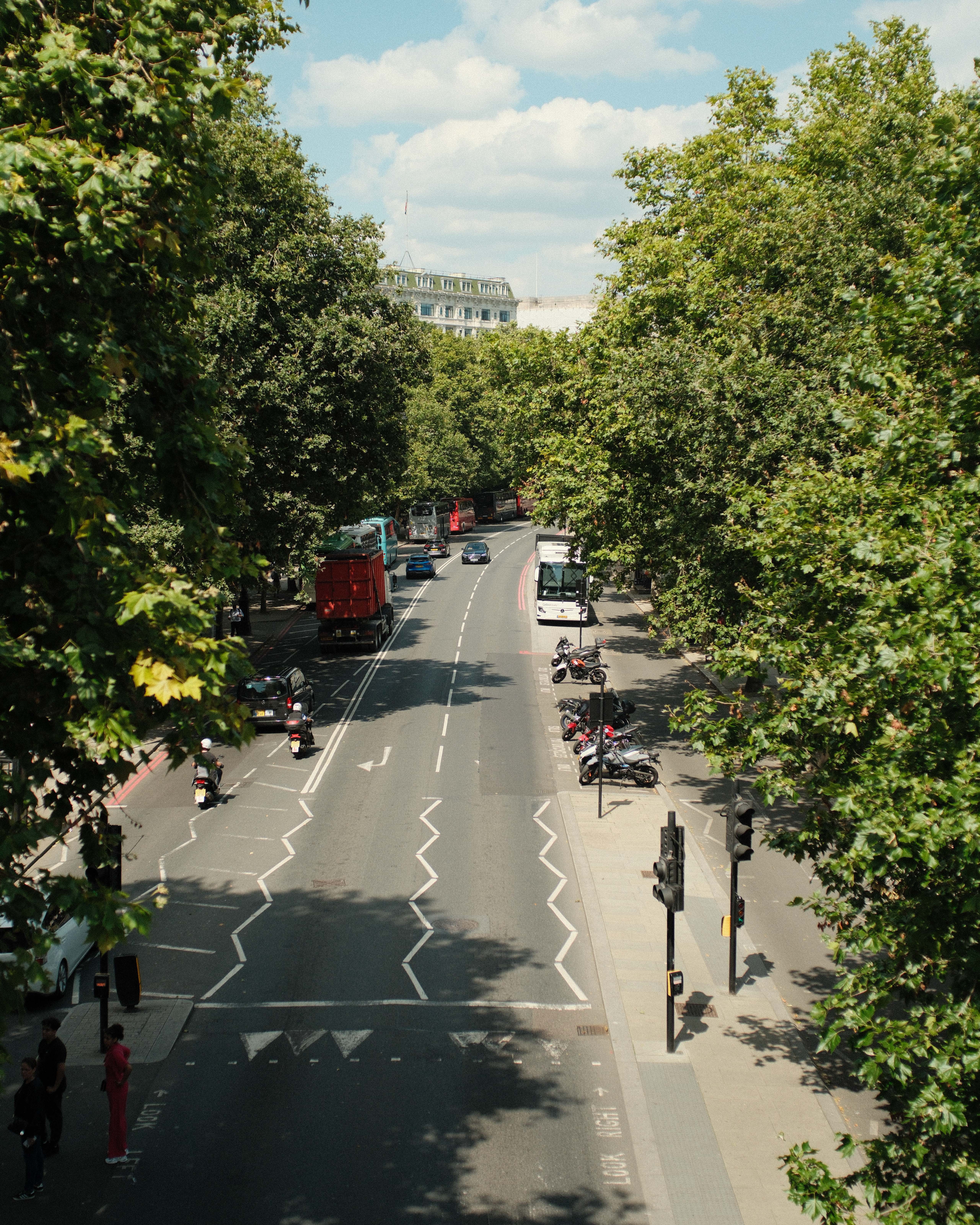
Thypoch Simera 28mm f/1.4: Verdict
The Thypoch Simera 28mm offers excellent build quality, optical performance, and a distinctive look that rivals more expensive lenses. The lens is manual focus only, however, it can be used with Fujifilm’s focus peaking and other focus guides and manual focus is smooth and precise. Image quality is great, with sharpness across the frame, although a little vignetting wide open. Background falloff is smooth and creamy, and the Simera has really pleasing characteristics not exhibited by Fuji's own lenses.
The build quality is the biggest draw to this lens, with an exceptional all-metal construction that looks very premium and feels really nice in the hand. A joy to use – and the aperture ring offers either precise clicked stops or smooth cycling through apertures at the flick of a switch. The depth of field indicator also is a quirky design flourish that I really enjoy.
The Thypoch Simera 28mm f/1.4 lens is a fantastic option for Fujifilm users looking for a high-quality prime lens at a reasonable price, however while the Simera was drastically cheaper than the Leica’s it was first introduced against – the savings are not that substantial versus the Fujifilm XF 23mm f/1.4 R LM WR lens with its autofocus and weather sealing, so it depends on how much you value a manual focus experience and the unique characteristics of the Simera range.
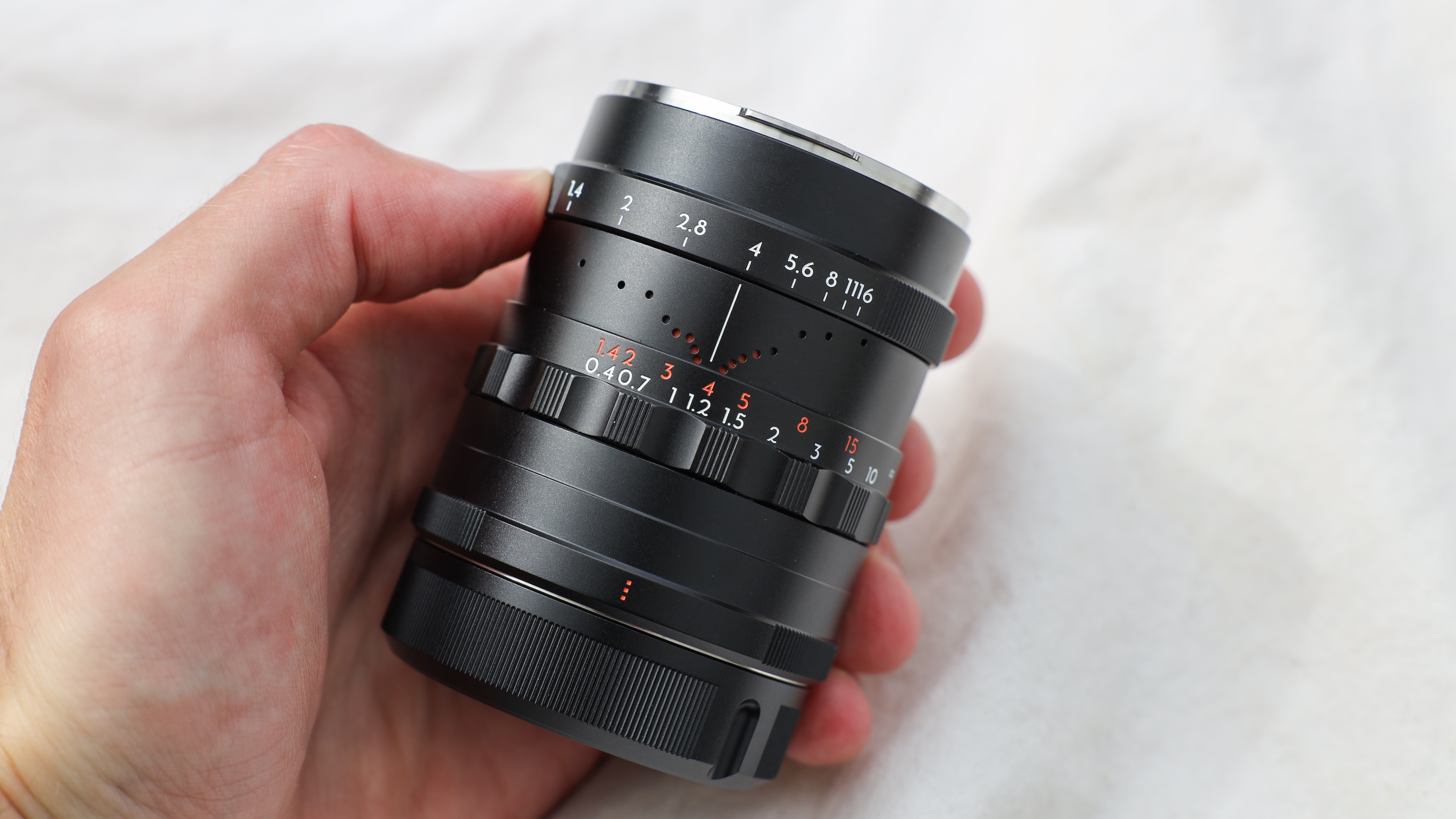
✅ Buy it...
- You seek a high-performing, affordable prime lens.
- You appreciate solid metal construction and precise manual focus.
🚫 Don't buy it...
- You require autofocus for your photography style.
- You prefer lighter lenses for extended use.







